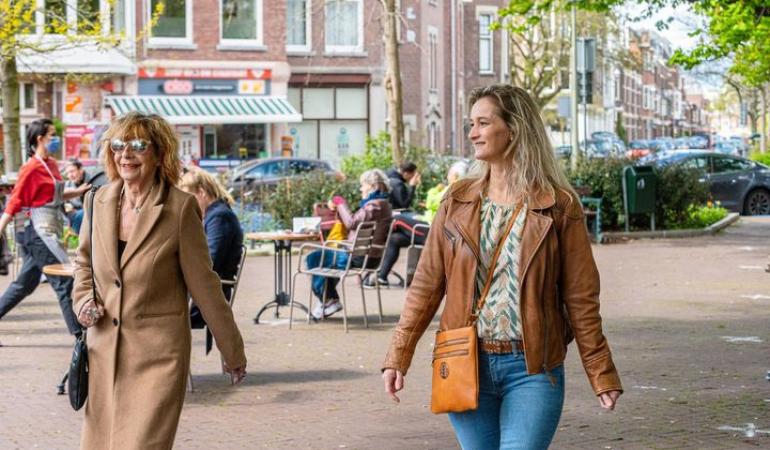
Compliance with coronavirus measures in the Netherlands, such as working from home, distancing and testing if you have symptoms decreased in the weeks leading up to the Cabinet’s recent press conference. The decline occurred despite the steady increase in infections and hospital admissions during this period. This was clear from behavioural research conducted by RIVM and the Municipal Public Health Services (GGDs).
Reduced compliance followed previously relaxed measures, and is also related to widespread confidence in the effectiveness of vaccination in protecting against serious illness and transmission. In-depth behavioural analysis reveals relevant factors: the threat posed by the virus, how effective people think the measures are in overcoming that threat, and how feasible it is for people to continue to comply with the measures.
Some of the respondents also indicated that the measures were relaxed too quickly, and that the increased crowds and blurred standards that followed make it very difficult to comply. Unsurprisingly, a clear increase can be observed in the number of people who support more measures (rising from 26% to 39%). However, the changes at the end of September are not perceived in the same way by all respondents. For example, participants who have not been vaccinated say they perceive the introduction of the COVID-19 entry pass as an intensification of the array of measures.
The situation at home
Most infections occur in the home: between household members, at parties and during visits. More than 1 in 5 participants had been to a party in the week before the survey. In addition, the number of people receiving visits in mid-October was just as high as last summer. In these situations, 15-25% of people always or almost always distanced (compared to 40-50% in spring 2021). At the same time, fewer people stayed home and were tested if they had symptoms, or washed their hands when visiting. Also, now that the weather is growing colder, there is a significant decrease in ventilating the home during visits (dropping from 75% to 50%), and in airing out the home before and after receiving visitors (dropping from 62% to 37%).
COVID-19 entry pass
In the third week of October, the COVID-19 entry pass was used by 67% of the vaccinated participants. Unvaccinated participants used the COVID-19 entry pass much less frequently (33%), the majority because they did not want to be tested to get the pass. Enforcement data revealed that the COVID-19 entry pass plus ID was checked in 21% of the visits to a café or restaurant. This percentage was higher for checking the COVID-19 entry pass on its own: between 30% (sporting events) and 60% (cafés and restaurants). Support for the COVID-19 entry pass has increased by about 10% in the last three weeks (rising to 75-80%), although there are significant age differences (60-70% for people under 40, rising to 85%-95% for people over 55).
The underlying figures on these topics and more can be found on the extensive RIVM page on the behavioural study. Note: these survey results are from before the press conference on 2 November.
About the study
In order to gain a better understanding of people’s thoughts about the coronavirus measures, what motivates them to comply, and how people are affected, a major study has been conducted jointly since spring 2020 by RIVM, the Netherlands Municipal Public Health Services and Medical Assistance in Accidents and Disasters (GGD-GHOR) and the Municipal Public Health Services (GGDs). It focuses on human behaviour, what people think of the government’s behavioural measures, and how they are doing. The results above were taken from the sixteenth survey of more than 34,000 people in 20-24 October 2021 and compared to results from the previous surveys. These insights help the government to provide better support and information to citizens.